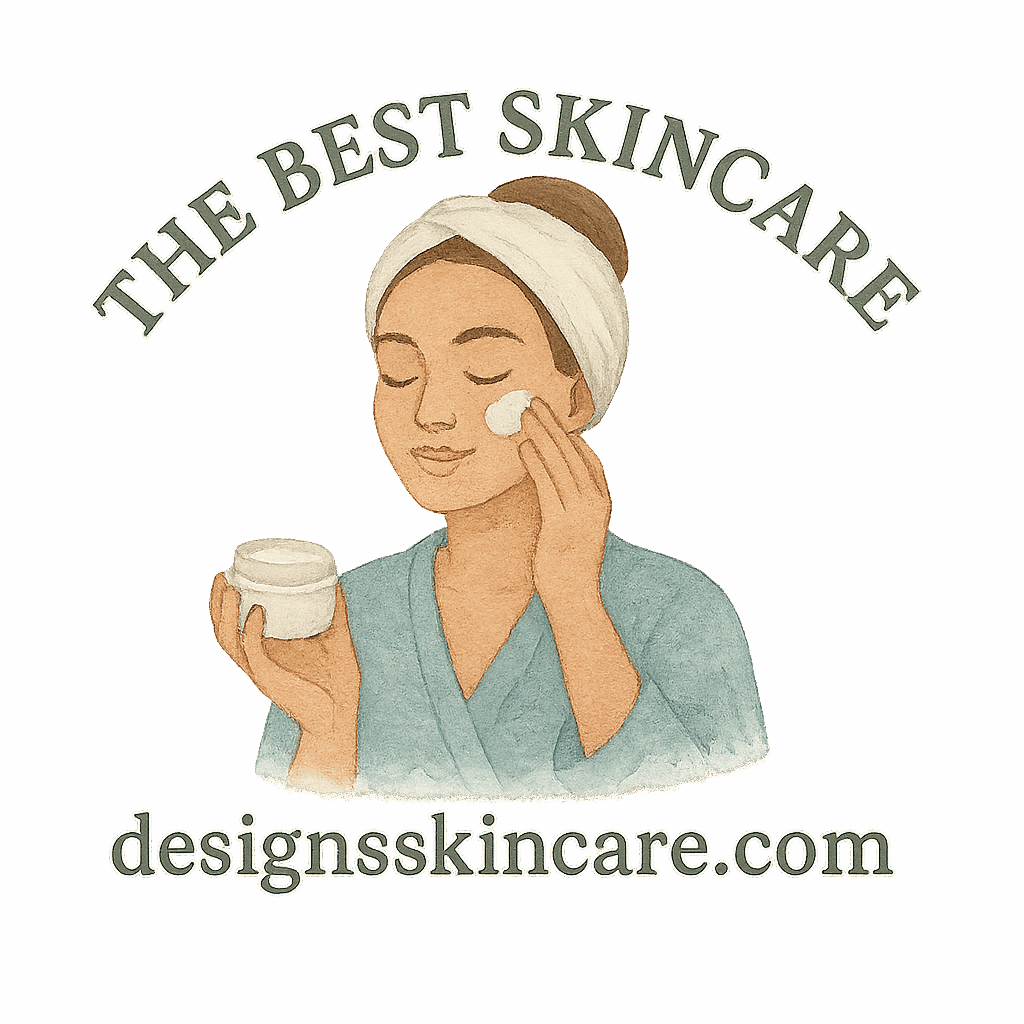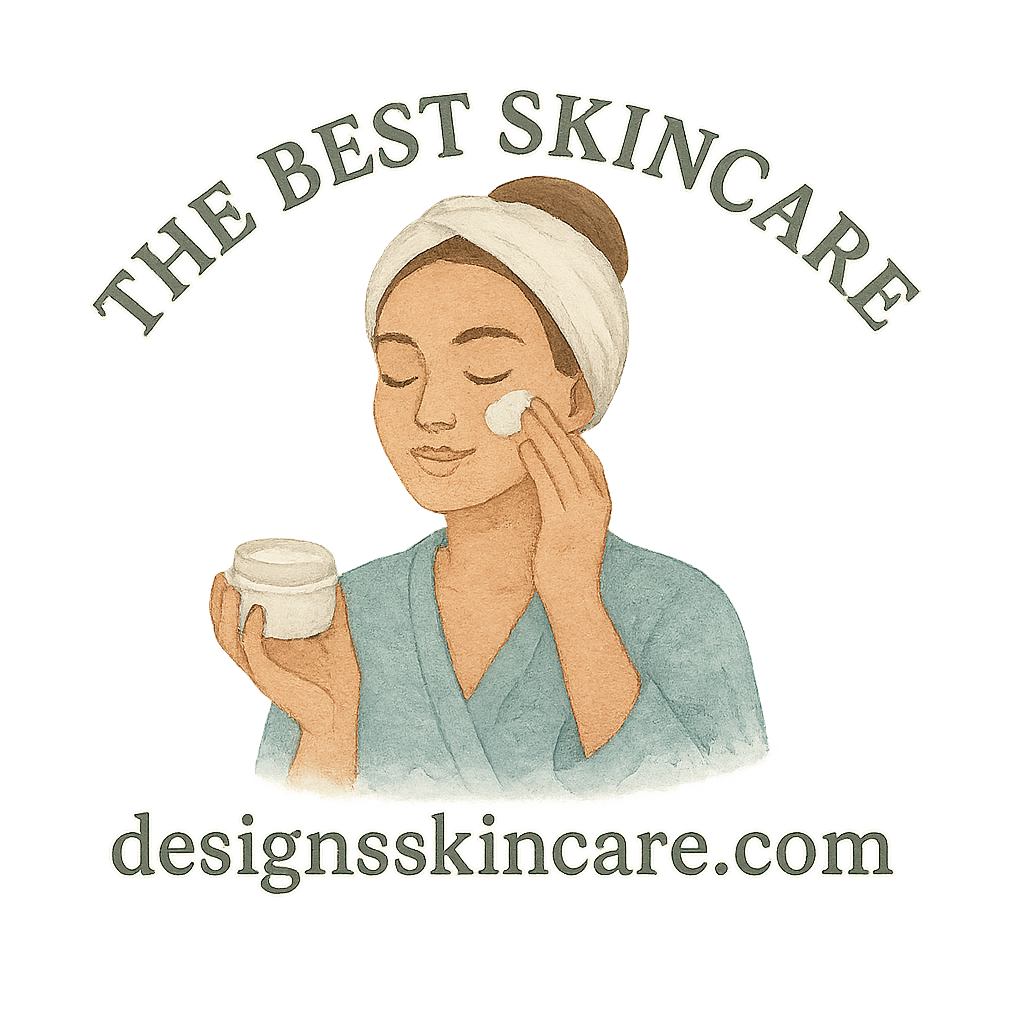Why Minimalist Skincare Is Taking Over
Skincare doesn’t have to mean 10-step routines, drawers full of serums, and a bathroom that looks like a pharmacy. These days, more people are embracing minimalist skincare. It’s all about doing less, but better. Instead of chasing every new product trend, you stick to a few high-performing essentials.
The Appeal of a Simple Skincare Routine
Why go minimalist? It saves time, money, and reduces stress. More importantly, it helps you avoid overwhelming your skin with too many actives. Think of it like decluttering your closet—fewer items, but each one fits and feels great.
How Natural Ingredients Support Minimalist Skincare
Natural ingredients align perfectly with this approach. They multitask, meaning one ingredient can hydrate, calm, and protect all at once. Instead of layering six different products, a single natural solution often does the trick.
The Power of Natural Ingredients in Skincare
Why Go Natural Over Synthetic?
Synthetic formulas can be effective, but they sometimes irritate sensitive skin or strip away balance. Natural ingredients, by contrast, often come with built-in benefits—antioxidants, vitamins, and healing properties.
The Role of Skin Balance and Hydration
Minimalist skincare thrives when your skin stays hydrated and balanced. Natural ingredients like aloe vera or jojoba oil maintain hydration without clogging pores, which is why they’ve been staples for centuries.
Ingredient #1: Aloe Vera for Soothing and Healing
Benefits of Aloe Vera for Skin
Aloe vera is like nature’s instant relief gel. It cools irritation, calms redness, and hydrates without heaviness. Whether it’s sunburn, breakouts, or daily dryness, aloe vera has you covered.
Best Ways to Use Aloe Vera in Your Routine
Keep a pure aloe vera gel in your fridge and apply it after cleansing. It doubles as a lightweight moisturizer or a calming mask. You can even mix it with a few drops of rosehip oil for extra nourishment.
👉 Learn more about creating your own balanced routine at Skincare Routine.
Ingredient #2: Green Tea Extract for Antioxidant Protection
How Green Tea Protects Against Damage
Green tea is packed with polyphenols—powerful antioxidants that fight free radicals. Translation? It helps prevent premature aging caused by pollution and UV exposure.
Using Green Tea in Minimalist Skincare
Use a green tea toner or serum right after cleansing. It keeps skin fresh, protects against damage, and reduces inflammation. For a DIY approach, cooled green tea bags can double as eye compresses for puffiness.
Ingredient #3: Jojoba Oil for Natural Moisturization
Why Jojoba Oil Mimics Skin’s Natural Oils
Here’s the magic of jojoba oil: it’s not actually an oil, but a liquid wax ester. That means it’s super close to your skin’s natural sebum, so it absorbs easily without leaving grease.
How to Incorporate Jojoba Oil Daily
Massage a few drops into damp skin after cleansing. You can also add it to your moisturizer for an extra hydration kick.
👉 Need product guidance? Check out the Product Guide.
Ingredient #4: Honey for Hydration and Glow
Antibacterial and Healing Benefits of Honey
Honey isn’t just for tea. It’s naturally antibacterial, making it amazing for acne-prone skin. Plus, it seals in moisture and gives skin that subtle glow.
DIY Honey Skincare Ideas
Try a honey mask: apply raw honey on clean skin, leave for 10 minutes, and rinse. Simple, cheap, and effective.
👉 Want glowing skin tips? Visit Glowing Skin.

Ingredient #5: Rosehip Oil for Anti-Aging Support
Vitamin-Rich Benefits of Rosehip Oil
Rosehip oil is loaded with vitamins A and C. That makes it a gentle natural alternative to retinol—perfect for brightening and improving skin tone.
Using Rosehip Oil for Fine Lines and Dark Spots
Apply a drop or two at night as the last step of your routine. Over time, it helps fade scars, improve elasticity, and minimize fine lines.
Ingredient #6: Oatmeal for Gentle Exfoliation
Why Oatmeal Calms Sensitive Skin
Colloidal oatmeal isn’t just for breakfast—it’s a skin savior. It reduces irritation, eases redness, and gently exfoliates without stripping.
Easy Oatmeal-Based Masks and Cleansers
Mix ground oatmeal with water for a soothing paste cleanser. Or add it to yogurt for a calming face mask.
👉 For more sensitive-skin advice, see Skincare by Skin Type.
Ingredient #7: Cucumber for Cooling and Hydration
Benefits of Cucumber for Puffy Skin
We’ve all seen cucumber slices on spa-goers’ eyes—and for good reason. Cucumber’s high water content reduces puffiness and hydrates tired skin.
How to Use Cucumber in Daily Care
Blend cucumber juice and use it as a refreshing toner. Or simply place chilled slices under your eyes for 10 minutes.
Ingredient #8: Turmeric for Brightness and Balance
Anti-Inflammatory Power of Turmeric
Turmeric contains curcumin, a powerful anti-inflammatory compound that calms acne, reduces redness, and helps even out tone.
Best Ways to Apply Turmeric Safely
Mix a pinch of turmeric with honey or yogurt for a mask. Just be cautious—too much turmeric can stain your skin temporarily.
👉 See ingredient insights at Skincare Ingredients.
Building a Minimalist Skincare Routine with Natural Ingredients
Keeping It Simple but Effective
Choose three essentials: a gentle cleanser, a natural moisturizer, and one treatment product (like green tea serum or rosehip oil). That’s enough for most skin types.
Choosing Products That Truly Work
Focus on quality over quantity. Look for products with short ingredient lists that highlight these natural heroes.
👉 Browse more tips at Skincare Guide.
Mistakes to Avoid in Minimalist Skincare
Overusing Natural Ingredients
Yes, natural is great—but too much of a good thing can backfire. For example, overusing turmeric or honey daily may clog pores.
Ignoring Skin Type and Skin Age
Not every ingredient works for everyone. For example, oily skin may love aloe but find heavy oils overwhelming. Always adjust to your skincare by age and skin type.
Lifestyle Habits That Support Minimalist Skincare
The Role of Healthy Eating
What you eat shows on your skin. Nutrient-rich diets support glowing skin naturally. See more at Healthy Eating.
Hydration and Sleep as Skincare Boosters
No serum can replace the basics: drink enough water and get quality sleep. They’re the foundation of any glowing complexion.
Final Thoughts on Natural Minimalist Skincare
Minimalist skincare is proof that less really can be more. By focusing on natural ingredients, you simplify your routine while giving your skin the essentials it truly needs. Aloe, green tea, honey, and other ingredients don’t just sit on the surface—they work in harmony with your skin to balance, hydrate, and protect.
So next time you’re tempted by a flashy 12-step routine, remember: your skin might only need three steps—and a little help from nature.
FAQs
Q1: Can natural ingredients replace all skincare products?
Not always. While they’re powerful, sometimes targeted treatments (like SPF or prescription creams) are still necessary.
Q2: Is honey safe for acne-prone skin?
Yes, raw honey is antibacterial and soothing, making it a great option for acne.
Q3: How often should I use turmeric on my skin?
Limit turmeric masks to 1–2 times per week to avoid staining or irritation.
Q4: Can aloe vera be used daily?
Absolutely. Aloe vera gel is gentle enough for everyday use, even twice daily.
Q5: What’s the best natural oil for dry skin?
Jojoba and rosehip oils are both excellent for dry skin without being greasy.
Q6: Should I patch-test natural ingredients?
Yes, always. Even natural ingredients can trigger allergies in some people.
Q7: What’s the simplest minimalist routine I can start today?
Cleanse with oatmeal, hydrate with aloe vera, and moisturize with jojoba oil. That’s it—three steps, all natural.


